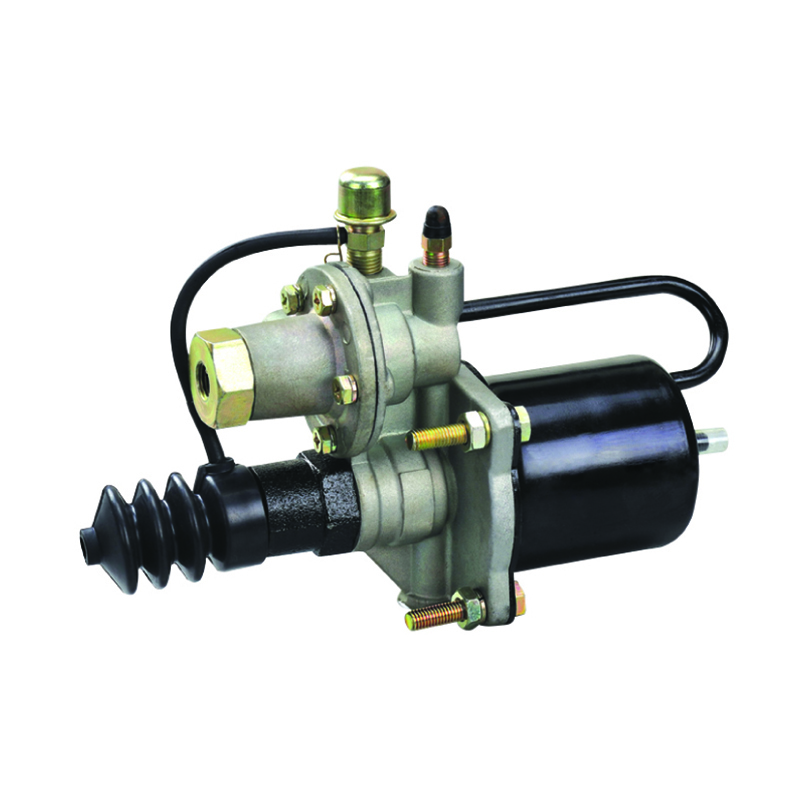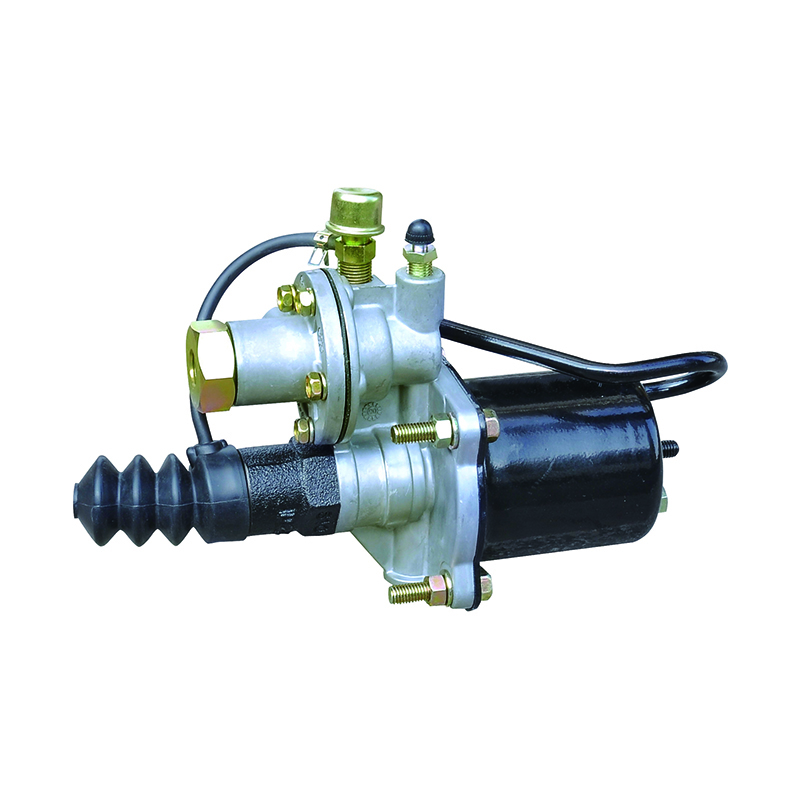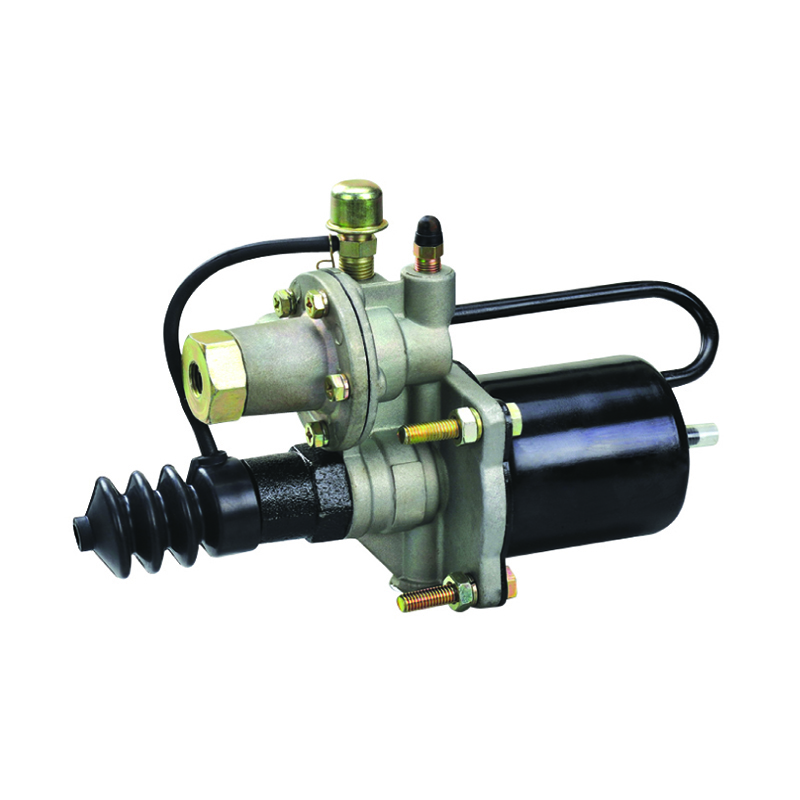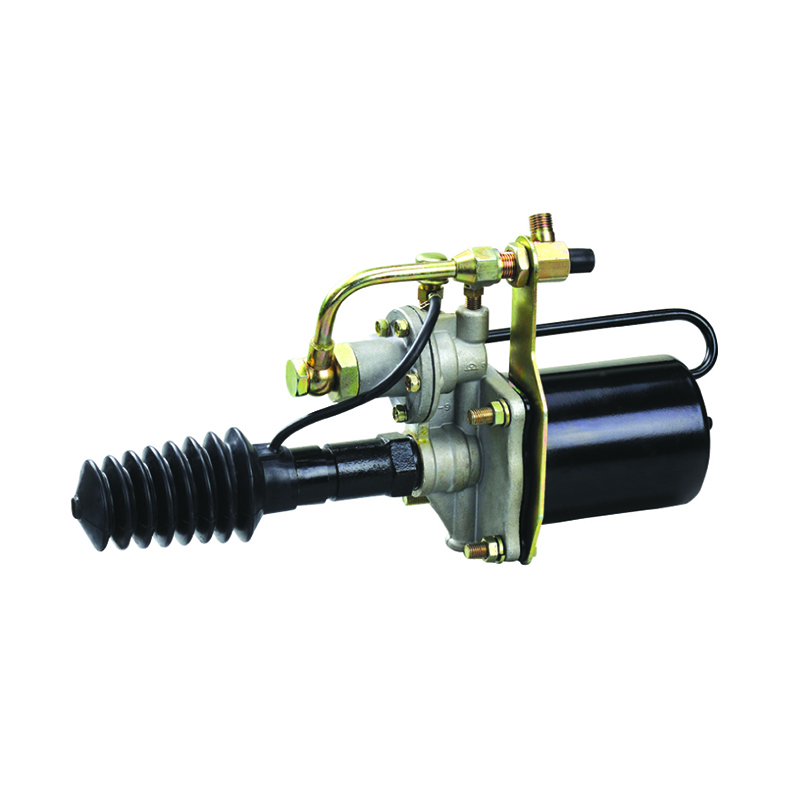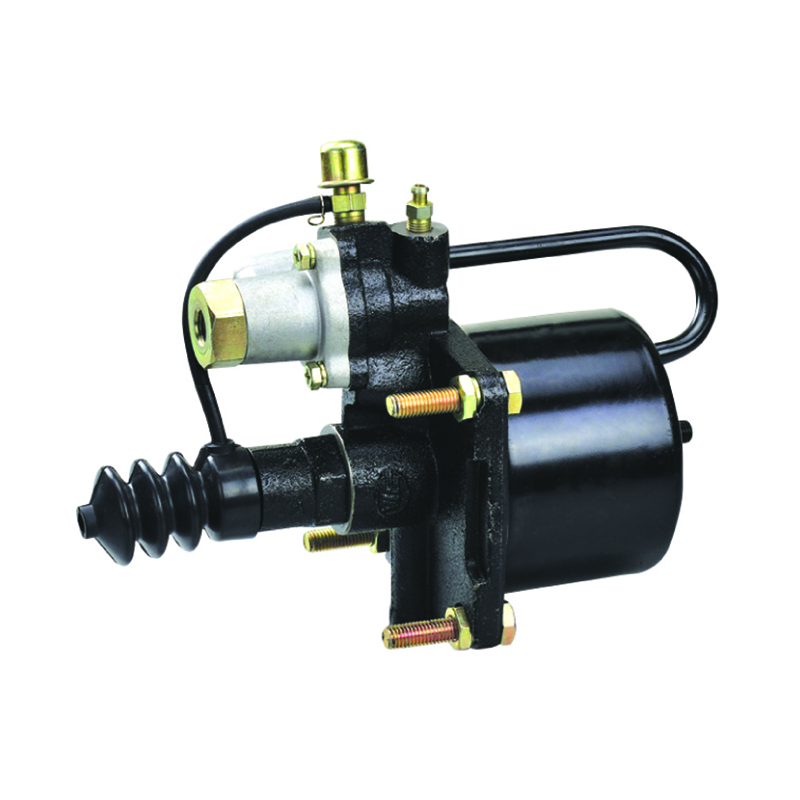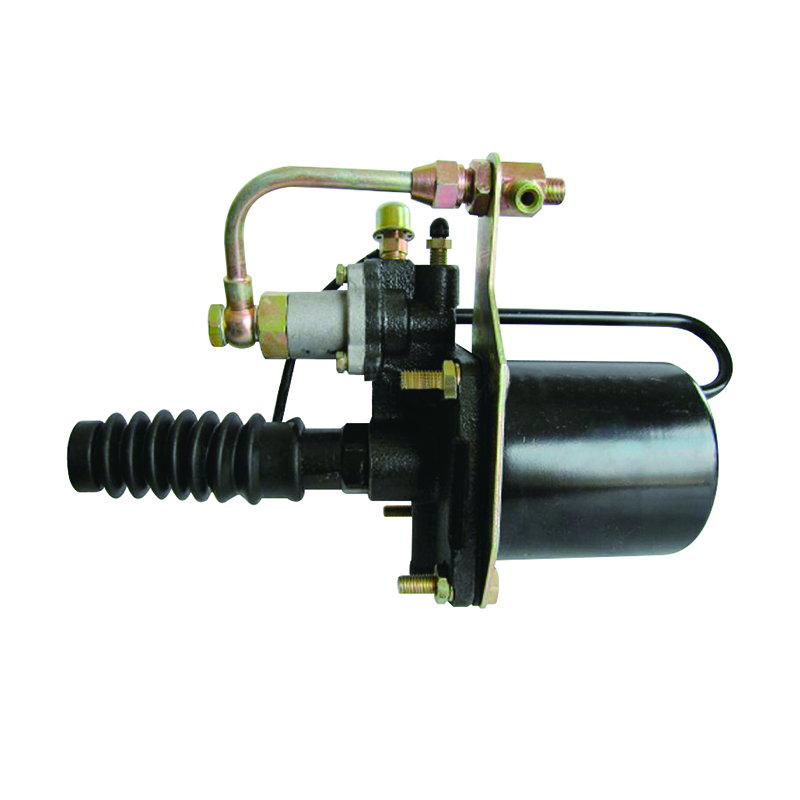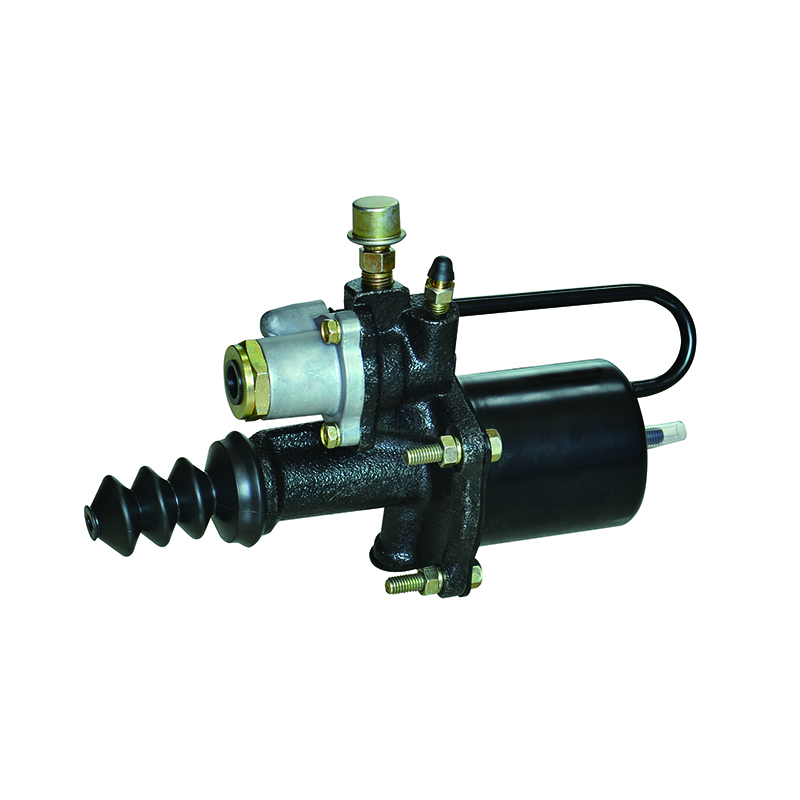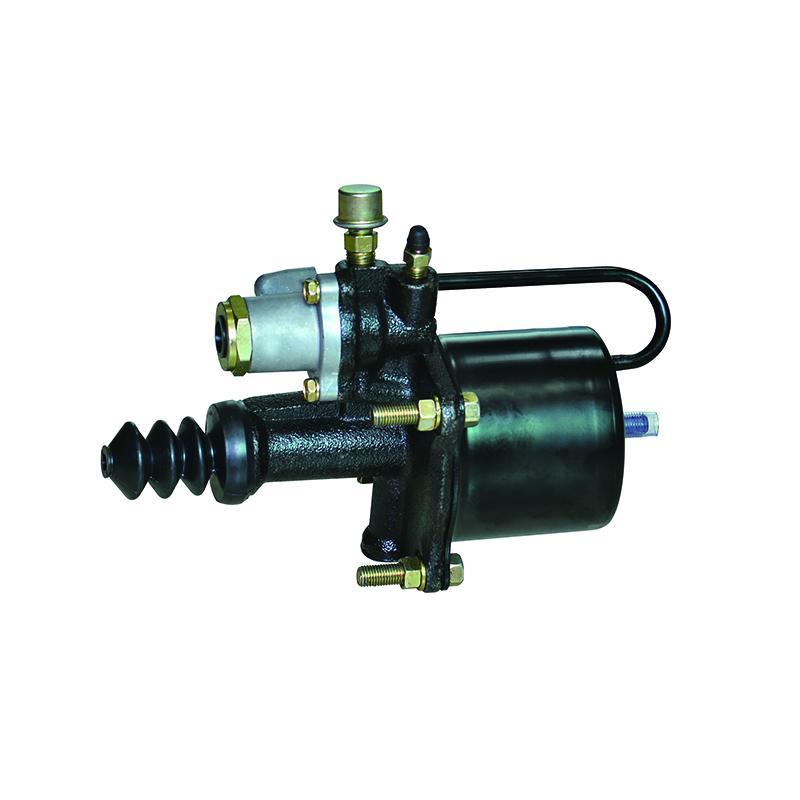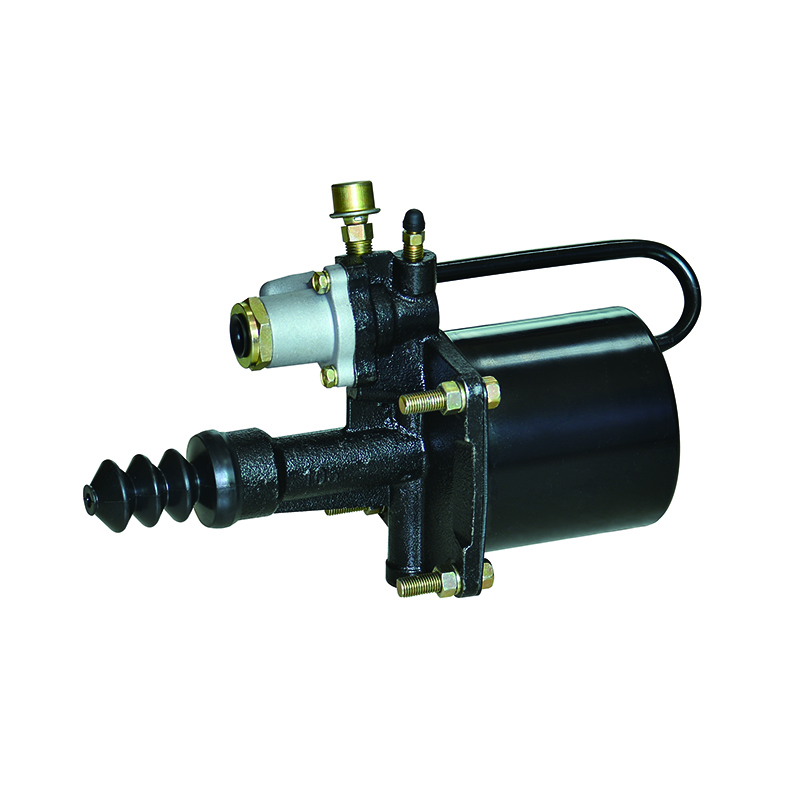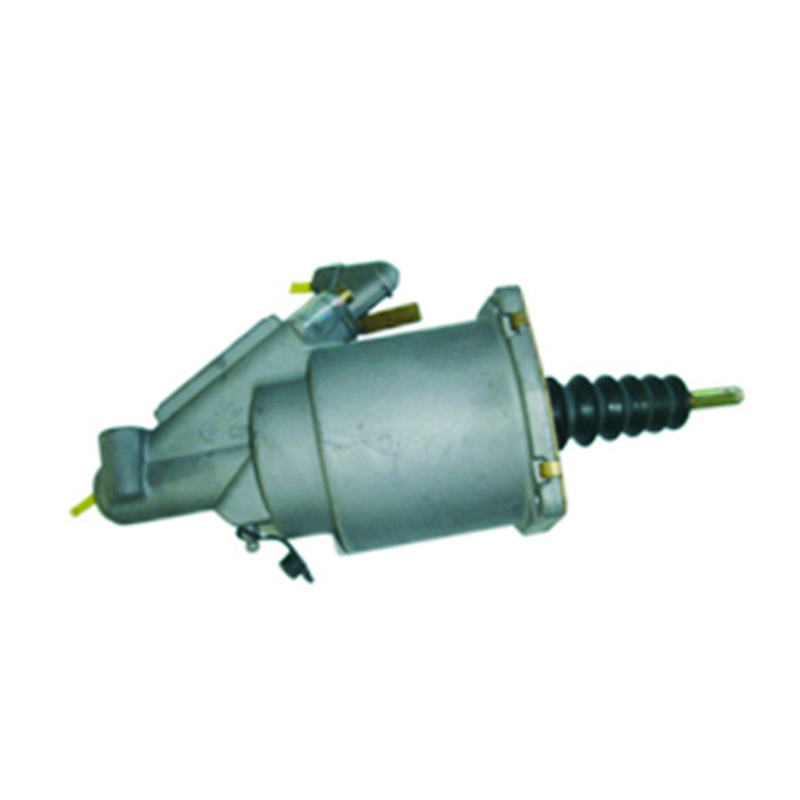For exclusive deals and latest offers, signup by entering your email address below.
Spring Brake Chamber Manufacturers
This report provides comprehensive information on the global Spring Brake Chamber market, which is expected to grow at a CAGR of 1.3% from 2021 to 2027. The report also covers the competitive landscape, industry analysis, and market drivers. The global report offers insights into key players in the market, including their current market share and SWOT analysis. It provides future market forecasts based on key factors, such as product and pricing trends. The report also includes company profiles, including company reviews, product and service offerings, and financial data sources.
Historically, aftermarket brake chamber manufacturers have produced a universal 8-inch push-rod. These parts were regarded as universal replacement parts, but many mechanics failed to follow proper procedures when cutting the threaded rod. The result is a faulty brake set-up and a vehicle that can become unstable or have an increased stopping distance. Therefore, it is critical to use a standardized brake chamber. Luckily, there are several manufacturers offering aftermarket spring brake chambers.
The size of a spring brake chamber depends on the manufacturer's specification. NHTSA's Safety Standards for Motor Vehicles (FMVSS-121) requires that brakes be adjusted to the manufacturer's recommended settings. Most brake chambers reach a point of maximum efficiency in the mid-stroke, but shorter strokes will result in higher output than nominal. It is important to note that the size of the spring brake chamber can affect how much air the brake system can absorb.
A typical spring brake chamber costs between $260 and $300. With a labor rate of $130 per hour, a 30-minute labor saving can add up to a substantial savings. For a typical fleet, a spring brake chamber replacement can save an estimated $1950 for in-shop labor, and an additional $3300 for road calls. A properly configured spring brake chamber can prevent the vehicle from rolling away or colliding with another vehicle.
A new spring brake chamber is equipped with a new caging bolt. If the old one is damaged or worn, it is wise to replace it with a new one. The caging bolt is an essential part of the spring brake chamber, as it controls its movement. Likewise, a broken spring can prevent the parking chamber from caged spring brakes. The caging bolt may also affect the geometry of the brake linkage, resulting in a less than safe vehicle.
Various service chambers are available in standardized sizes. When replacing a spring brake chamber, it is best to get one of the same type, so that the mounting hardware is compatible. Identifying the type is easy enough. Just look for a service chamber with the same type number and location of the mounting hardware. The number on the chamber is an indication of the effective size of the diaphragm. A long spring brake chamber is a high-quality component and is well worth the extra money.
Different types of brake chambers perform different functions. For example, a spring brake chamber can act as both an emergency brake and a parking brake, and it can also apply the brakes during emergencies when the air brake system fails. The spring brake chambers have independent sections, which means that air must be removed from the rear section before the large coil spring applies brakes. Another type is called a Rotochamber, which is found on off-highway equipment and some buses.



 English
English 中文简体
中文简体
